works the wetland pond, as if mowing the lawn back and forth, herding and gulping carp in the process. Seems quite successful.
American White Pelican (Pelecanus erythrorhynchos).
Telephoto images caught with my smartyphone. Not bad.
works the wetland pond, as if mowing the lawn back and forth, herding and gulping carp in the process. Seems quite successful.

American White Pelican (Pelecanus erythrorhynchos).

Telephoto images caught with my smartyphone. Not bad.
in preparation for the upcoming Sod Blaster VII event in just one month.

The Wildman Cherokee (left) and Wildman Journey (right) fly on 29 and 38 mm engines, respectively.
projectile pooping in the preferred direction from the nest platform. But mother Osprey (not seen here) could be a better housekeeper.

Juvenile Osprey (Pandion haliaetus) assuming the position in the platform nest.
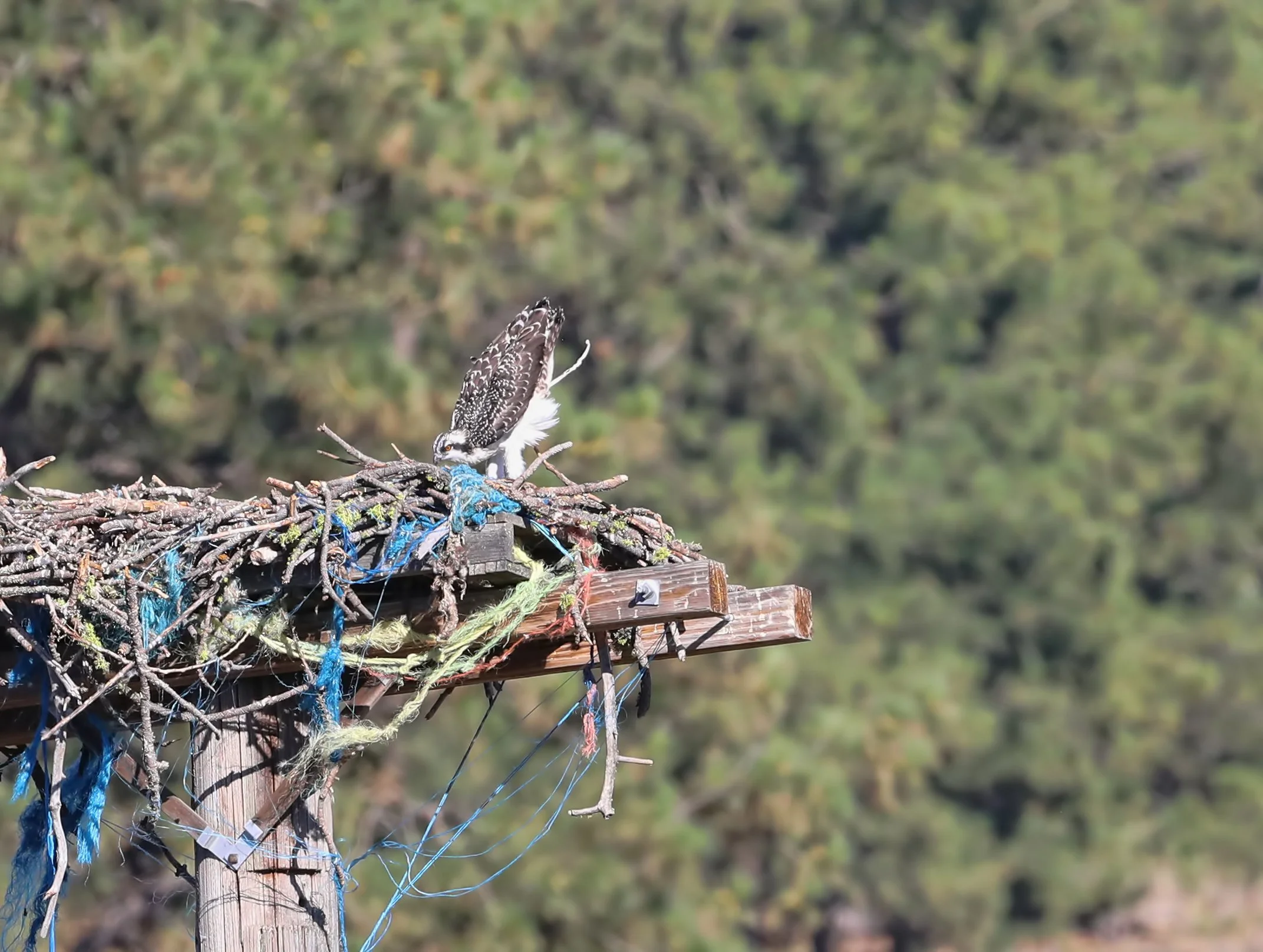
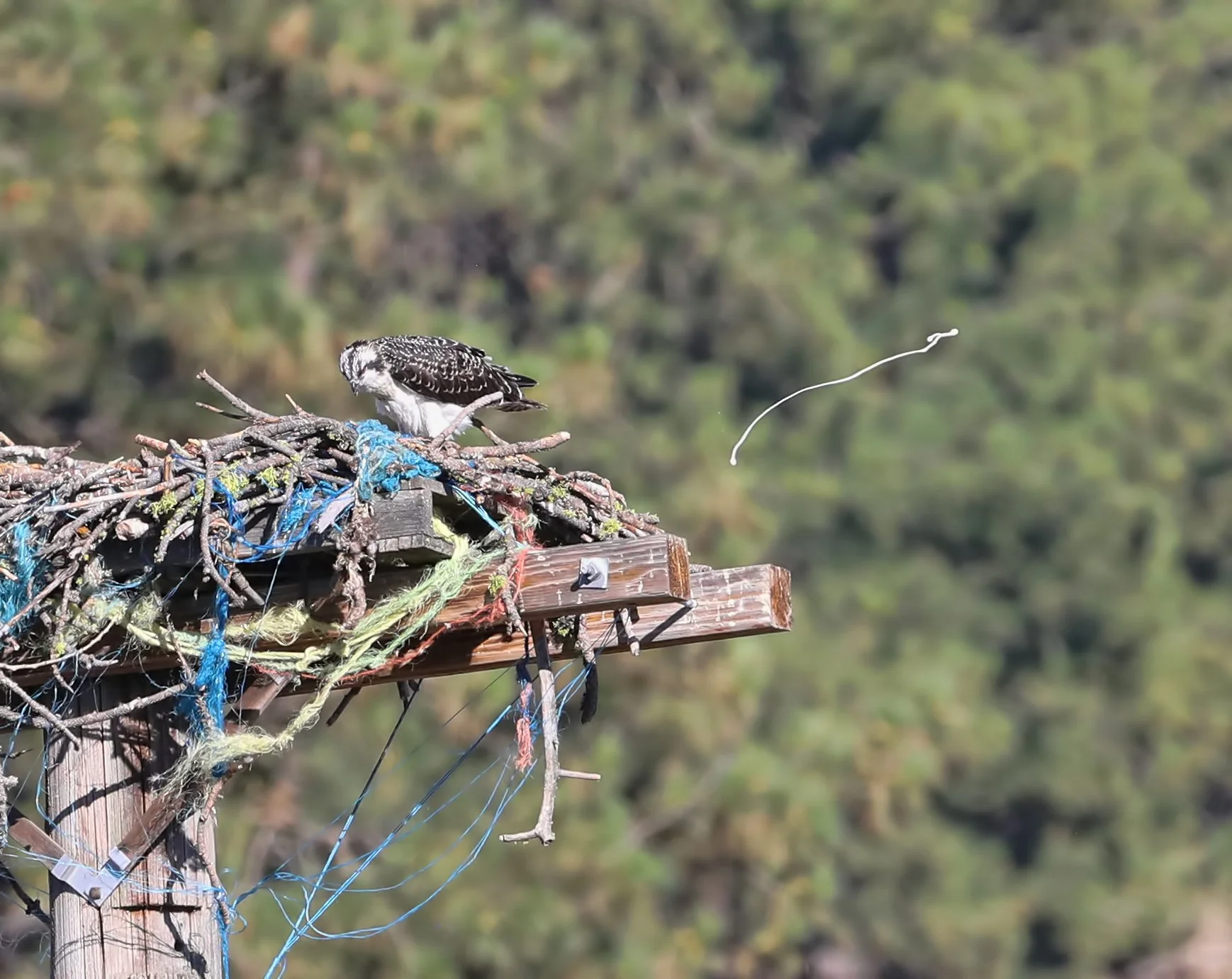
It’s amazing what you can capture at 120 yards (110 m) with a 500 mm prime lens, shooting at 1/1,000th of a second.
warming in the sunshine following a dip in the birdbath.

Adult male Western Bluebird (Sialia mexicana).
is usually cool, calm, quiet and peaceful.


standing proudly above the Fish Lake trail this morning, gazing calmly toward the horizon and the future. This could be the logo for an insurance company.

Young male mule deer (Odocoileus hemionus) in velvet.
is open for business this summer, and just in time for the next new Moon that occurs tomorrow.
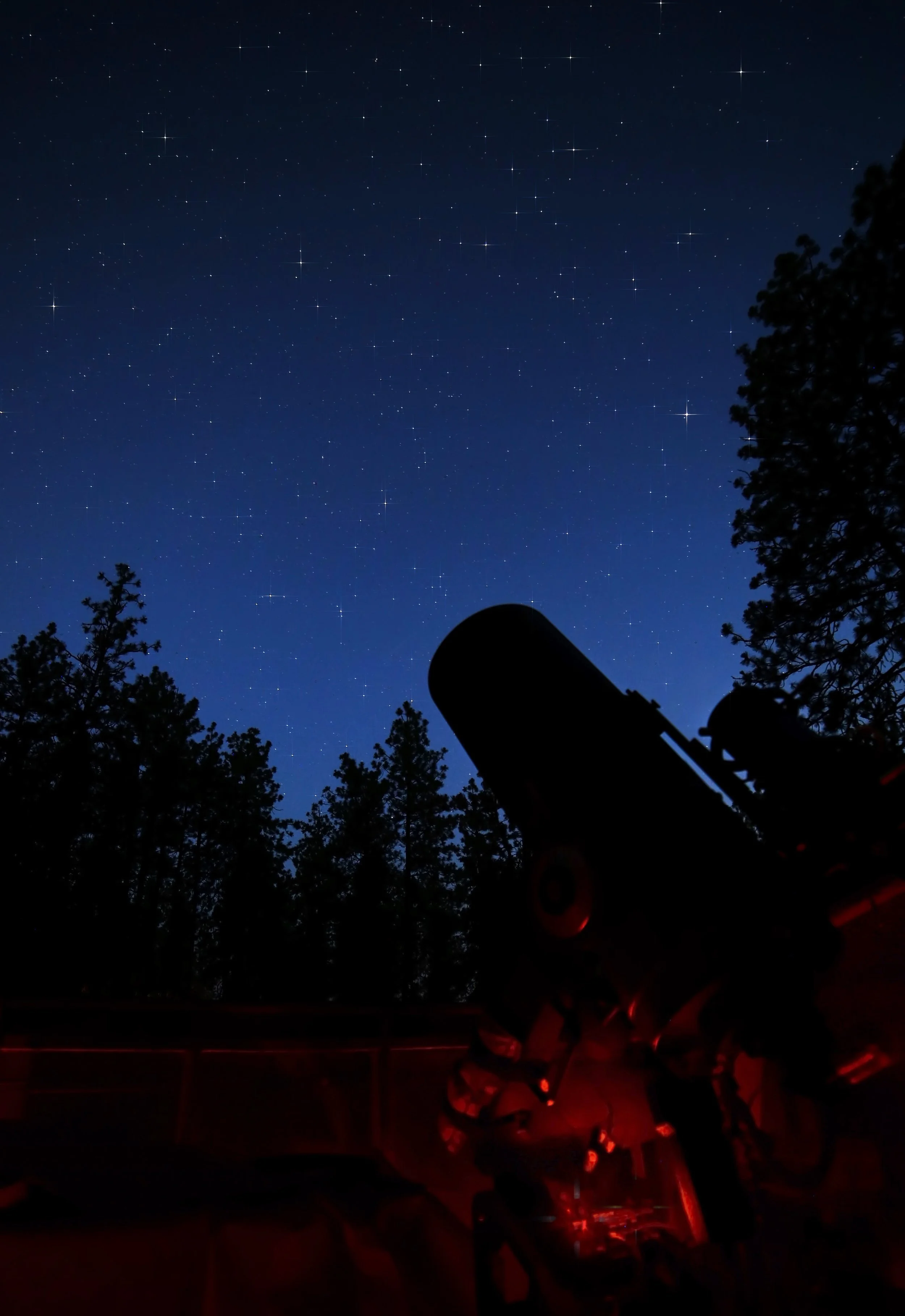
The roll-off roof observatory houses a polar-aligned 10-inch Meade LX-200 Schmidt-Cassegrain telescope mounted on a fixed pier.
are in order, especially given the long drop from the platform nest. Junior is stretching its wings as it gets ready to fledge.
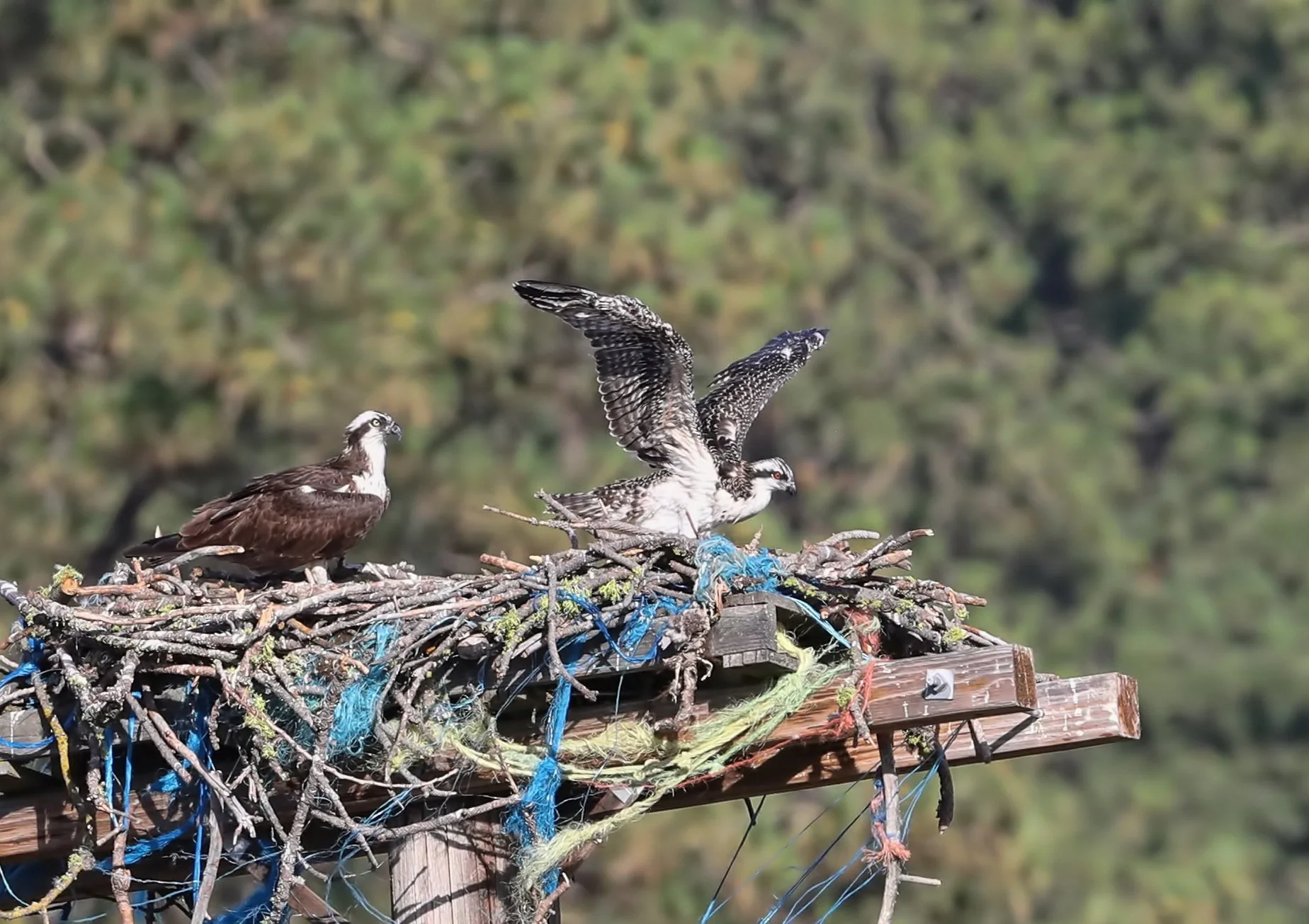
Osprey (Pandion haliaetus).

(27,000 km) ridden on my collection of electric mountain bikes since September 2020! My riding style is becoming increasingly aggressive with growing experience and time on the trail, so I’m leveling up with a new enduro-style eMTB. But the acid test of this very capable bike awaits on the considerably more challenging trails around Moab, Utah this fall.

It still has the new bike smell: Trek Rail+ 8 Gen 5 eMTB at Fish Lake on its first ride. The sidewalls of the tubeless tires matches the terrain in Utah!
keeps Mama Osprey busy in the wetlands.

Osprey (Pandion haliaetus).


allows for the lovely reflection of cirrus clouds on the mirrored surface of Fish Lake early this morning. It feels like I’ve left Mars and returned to Earth.

on disturbed soils, this bright yellow giant always impresses with a spectacular blossom.

Giant blazingstar (Mentzelia laevicaulis).
near Butte, Montana offer a myriad of easy to moderate rock climbing routes on a smooth, spheroidally weathered granite.
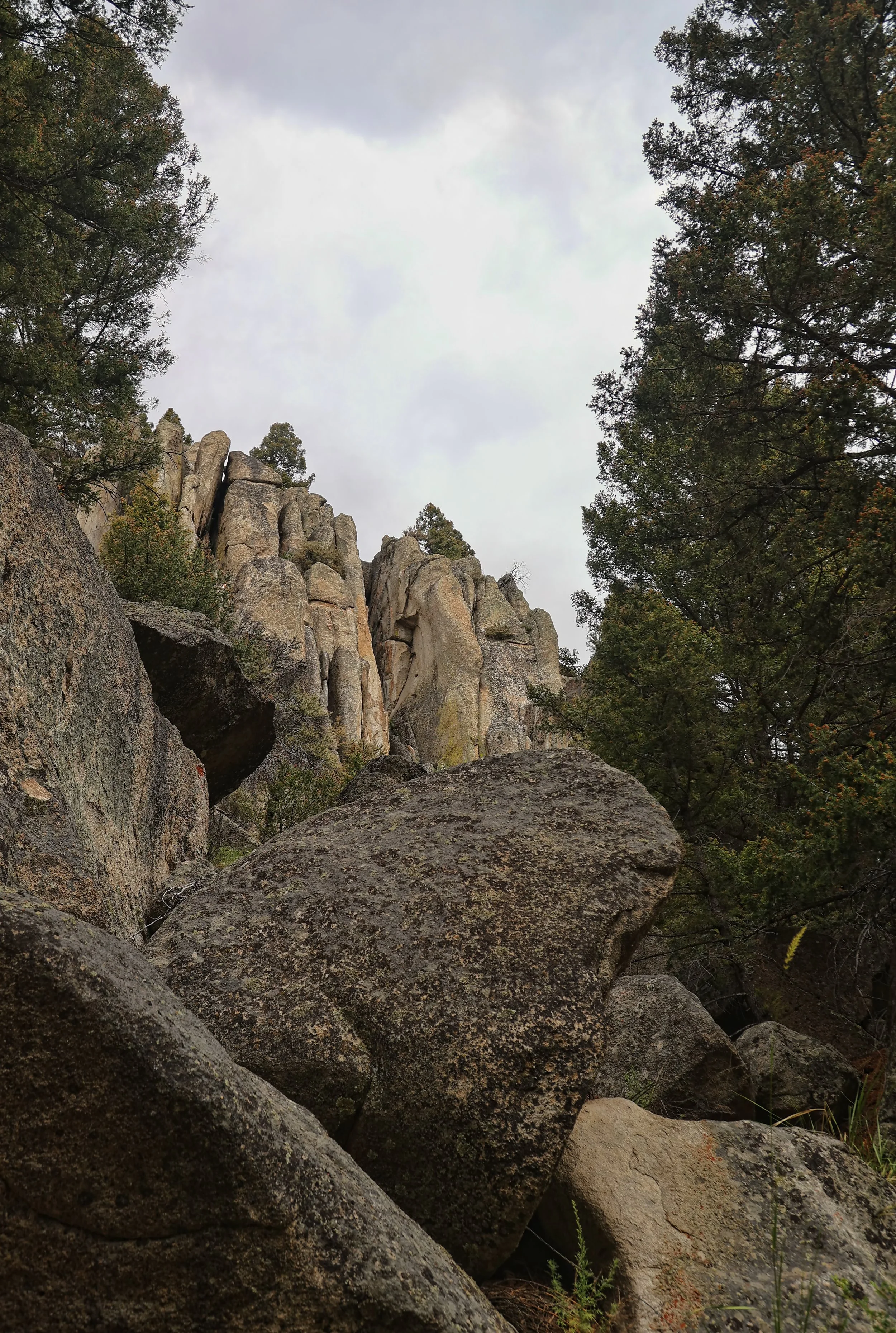


Quartz monzonite of Cretaceous age (145-66 Ma) that comprises the Boulder batholith south of Butte, Montana. Orthoclase and plagioclase feldspars and quartz are the lighter minerals with accessory biotite and hornblende constituting the dark minerals.
in Castle Valley National Park for the summer as the weather forecast calls for scorching temperatures the week ahead. Time to flee north.

are consumed each week by a growing gang of hummingbirds as they increase their visits to the feeders as the temperature soars.

Female or immature male Black-chinned Hummingbird (Archilochus alexandri).

Image taken in Rapid City, South Dakota on July 4th, 2018.
after the dry winter and spring, with no evidence of any unraveling or failure whatsoever along the length of the escarpment. Castle Creek, slightly off the image to the right, is not likely to undercut this sedimentary terrace anytime soon. The singletrack remains safe to cruise.

caught in the act of defoliating a tamarisk on my property in Castle Valley. Large swaths of the invasive tamarisk along the Colorado River are being stressed this year, likely due to the widespread emergence of the tiny beetle following a very mild winter. If one listens closely you can hear them munching away. Go, beetle, go!

Tamarisk leaf-eating beetle (Diorhabda elongata), approximately 5 mm long.

Let’s get small: Macro image of a molting beetle. Look closely.
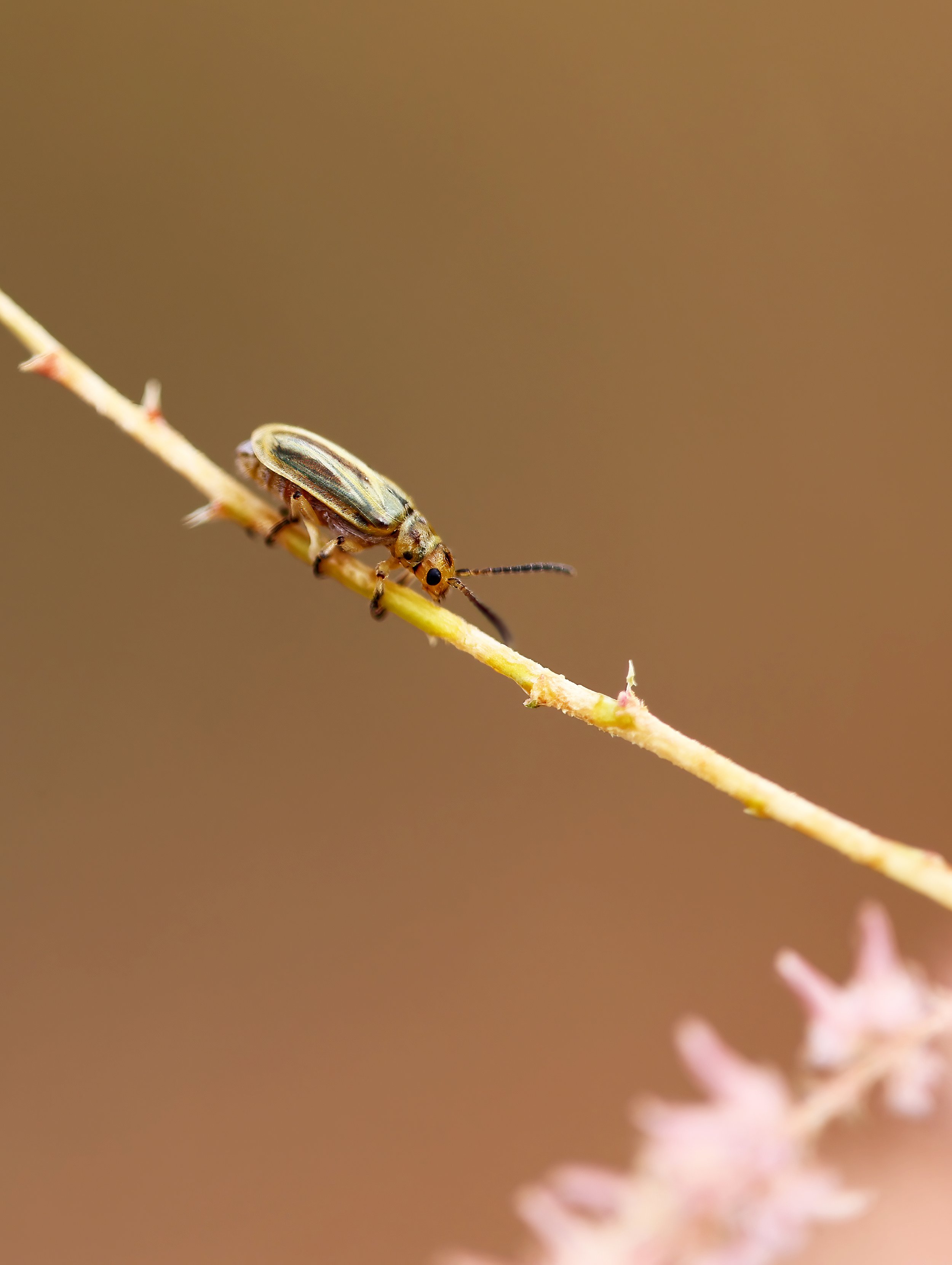
This beetle was introduced at Potash and at Dewey Bridge in 2004 as an experiment in biocontrol but it never fully eradicated the tamarisk along the riparian corridor, though this year they are very heavily stressed, likely aided by the hot and dry weather this spring and early summer.

Stressed tamarisk on both sides of the Colorado River upstream of Big Bend.

Colorado River upstream of Take Out Boat Ramp showing highly stressed tamarisk on both banks, yet the voracious beetle has left the gambel oaks, cottonwoods, willows and sandstone (!) untouched.
blossomed over the La Sal Mountains yesterday afternoon bringing lightning to the high country but, alas, no moisture whatsoever to the lower canyons.

on the rusty landscape, preferring well-drained sandy soils and growing more than four feet (1.2 meters) tall on a slender stalk. It appears that Dr. Seuss designed this unusual high desert plant.

Swertia utahensis has no common name, apparently, but is a member of the Gentian Family.

Here’s a reference to its occurrence in Arches National Park.